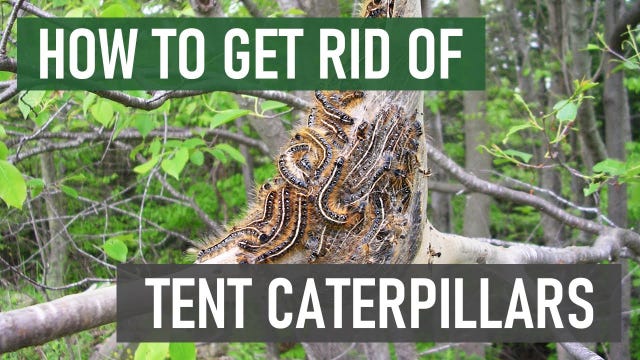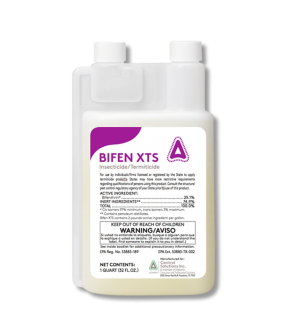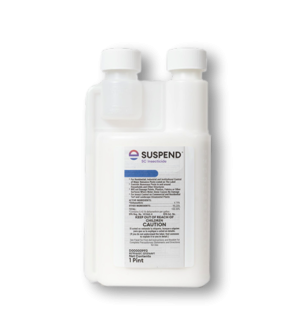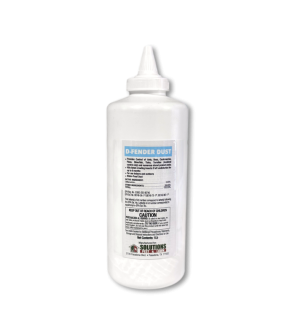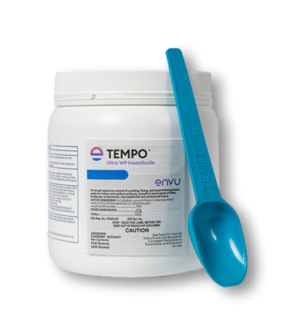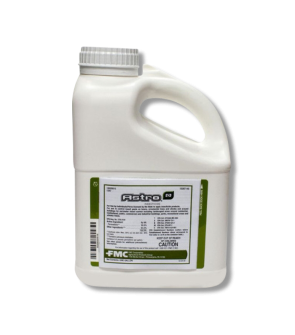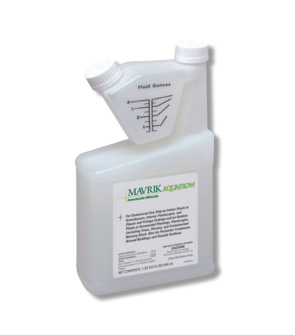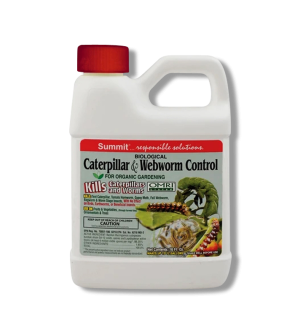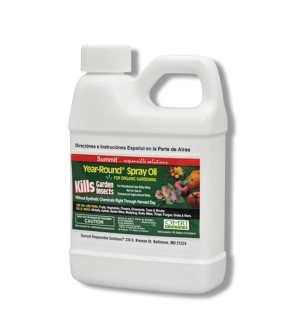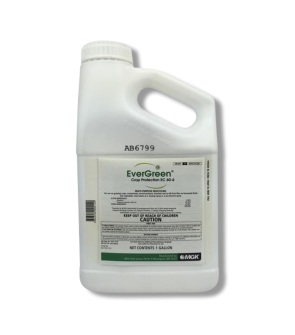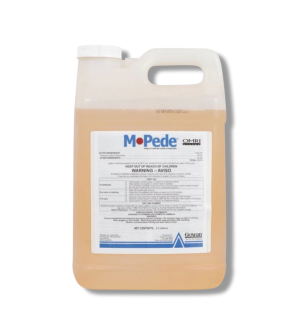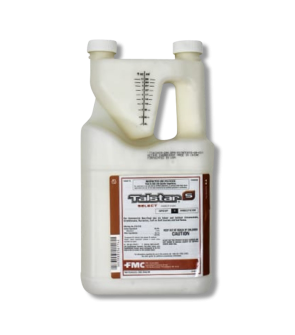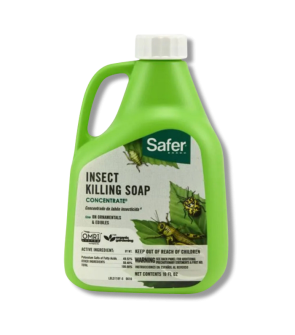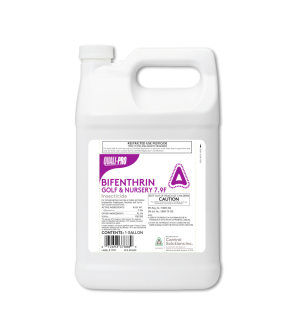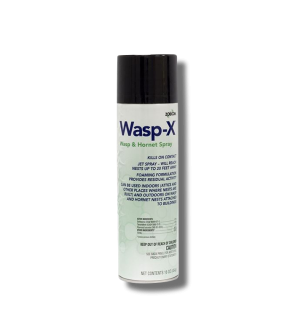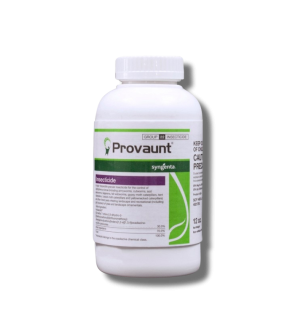Gain access to personalized product screening, the best pricing, rewards, and more!
Most Effective Products
Tent Worm Control: How To Get Rid of Tent Caterpillars (Tent Worms)
This page is a general tent caterpillar control guide. Using the products and methods suggested, you will get control of tent caterpillars. Follow this guide, use the recommended products, and we guarantee 100% control of tent caterpillars.
If you have shrubs, fruit-bearing trees, or other ornamentals, you might have encountered tent caterpillars (also known as tent worms). Tent caterpillars are known for their ferocious appetite and can cause significant damage when they venture onto landscapes in large numbers by defoliating trees.
Tent caterpillars are hairy and dark-colored with white or bright stripes and patterns running down their body. They are mostly found in the yard, where they feed on leaves. However, plant life isn't the only thing this worm can damage. Tent caterpillars are also known for crawling on cars and damaging the paint job with their droppings.
Tent caterpillars wander and will often stumble into homes unknowingly, especially if their nest is nearby. If you have an outbreak of these critters on your property or inside your home, this DIY guide can help. Follow the expert advice and product recommendations below for affordable and effective tent caterpillar control.
Identification
Before engaging in a control program, ensure you are dealing with tent caterpillars or worms. Misidentification can lead to using the wrong treatment methods and will cost you time and money when those methods are ineffective. Here are traits to watch out for to help you identify tent caterpillars:

- Tent caterpillars range between 2 to 2.5 inches long and are generally dark-colored with an often elaborate dark-colored pattern of stripes that run down its back. The pattern may include white marking depending on the species; some have a solid white line that goes from end to end, some feature keyhole shapes, and some do not feature white at all.
- These hairy and colorful caterpillars hatch from eggs in the spring, usually from a mass of about 150 to 400 eggs.
- Tent caterpillars are very social. Once they hatch from the mass, they stick together and weave a white silky tent, where they all reside at the crotch of a host tree. Their tent-like nest is how they get their name.
- As the caterpillars grow, the tent becomes bigger and more prominent. Once the caterpillars reach maturity, they vacate the tent and wander without any particular destination.
- When the caterpillar finds a suitable area to pupate, it builds a cocoon and, after some time, emerges as a moth to find a mate, lay eggs, and start the process over again. The moths are brown, with two diagonal lines, or a brown band, running across each wing.
Use the image and description above to identify tent caterpillars on your property properly. If you are unsure, contact us, and we will try to assist you with the correct identification.
Inspection
Inspection is extremely important for complete control. Before you can treat, you need to know which plants the tent caterpillars are feeding on and where their nest is. During the inspections, you will identify the trees and areas of the yard where the infestation is the heaviest.

Where To Inspect
Since most infestations occur in plants, start your search in the yard. Tent caterpillars are most likely found in broadleaf trees, shrubs, and fruit trees like cherry, peach, plum, apple, and crabapple. Once they defoliate infested branches, they can spread to other nearby foliage.
What To Look For
Look for large tent-like webs, egg clusters, and the tent caterpillar. Depending on the species, you will find one large tent per infested site or a cluster of smaller tents closer together. In older infestations, you may find the tent caterpillar will move and establish a new tent after defoliating all leaves around the old tent.
Tent caterpillars are active during the day, so you will often find swarms of tent caterpillars hanging on to their tents or consuming nearby foliage. At night, the tent caterpillars will hide within the tent. Mature tent caterpillars may stray farther from their home tents to search for a safe place to pupate. The adult moths will rarely be seen, as they only live for a few days to mate and lay eggs.
Treatment
Once you have confirmed tent caterpillar activity, it is time to begin treatment. Remember to read all product labels, follow the application instructions on these labels, and wear personal protective equipment to stay safe.
Pesticides most effective against tent caterpillars should contain active ingredients such as permethrin, bifenthrin, cyfluthrin, and malathion. Since most infestations occur outside, treat your ornamentals with Supreme IT, made with Bifenthrin 7.9%.
Step 1: Prune Affected Branches and Leaves

Prune-infested ornamental twigs, branches, and limbs found during your inspection to reduce the number of tent caterpillars on plants. This will help to prevent the tent caterpillars from spreading to other uninfected parts of the foliage.
We recommend pruning a few branches on ornamental trees since this could cause stress, especially during the spring when these plants use a lot of sunlight to produce new foliage growth. To avoid over-pruning, you may scrape away pests, webs, and eggs with a scraping tool.
Dispose of the pruned foliage right away to avoid an increase in infestation.
Check your ornamental plant every week to prune any part of the plant with these eggs.
Step 2: Mix and Apply Supreme IT Insecticide

Once you have removed any visible pests and cleared away any webs, you can apply a residual insecticide like Supreme IT. Supreme IT is a broad-spectrum insecticide labeled for treating over 70 pests, including tent caterpillars. It also has a long residual effect that can continue to control pests for up to 90 days after application.
Determine how much Supreme IT to use by calculating the square footage of the treatment area. To do this, measure the length and width of the treatment area in feet, then multiply (length X width = square footage).
For ornamentals, apply 0.125 to 0.25 fl. oz. of Supreme IT per gallon of water per 1,000 square feet.
Supreme IT is a liquid concentrate, so it must be mixed with water before application. We recommend using a handheld pump sprayer to make mixing and application quick and easy. To mix for a handheld pump sprayer, fill it with half the amount of water, add a measured amount of Supreme IT, and pour in the remaining half of water. Close the sprayer lid and shake to ensure an even mixture.
Once your solution is evenly mixed, spray the top and bottom of foliage leaves until wet, but not to the point of runoff. If applying Supreme IT, do not apply the solution to any plants grown for consumption. Wait until treated plants are completely dry before any irrigation can occur and before allowing children, people, or pets to come in contact.
Labeled pests that come into contact with the spray or the residual will have their nervous systems impacted and will eventually die in several hours.
Prevention
After successfully eliminating tent caterpillars from your yard, you want to ensure they don't make a return. Listed below are some preventative measures you should take to fight against future reinfestations of tent caterpillars.
- Monitor your landscape regularly for any re-emergence. Immediately remove any eggs or pests and note where you have found them. If a whole season has passed, you may prune away infested parts, but be sure not to over-prune your plants.
- Water ornamentals with an inch of irrigation no more than once a week. Regular watering will help strengthen your plants, helping them to fight off and recover from pest damage. You may also be able to wash away webs, eggs, and pests and stop breeding activity altogether. Collect fallen nests in a plastic bag and properly dispose of them.
- Keep up with periodic treatments of Supreme IT Insecticide every 90 days for year-long control against tent caterpillars. Supreme IT will leave a residual, which will continue to control pests for up to 90 days, so we recommend you make applications quarterly.
Key Takeaways
What are Tent Caterpillars?
- The tent caterpillar (also called tent worms) is a species of caterpillar known for infesting and defoliating trees and shrubs. It has become a rising issue in residential yards and landscapes. Tent caterpillars get their name due to their tendency to weave a silky tent-like nest on the trees where they have settled.
How To Get Rid of Tent Caterpillars
- We recommend controlling tent caterpillars with ongoing pruning and applications of Supreme IT to protect your yard plants.
Prevent Tent Caterpillar Reinfestation
- Preventative applications of Supreme IT on labeled ornamentals can help to lessen the likelihood of tent caterpillar reinfestation.






